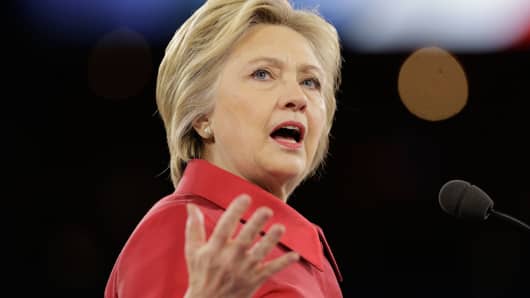Vermont Senator Bernie Sanders may think American people are sick and tired of hearing about Hillary Clinton's email controversy, but that very sentiment also inspired data wonks to find out what the fuss was all about.
The email dump and open access provided by the State Department have spurred data wonks everywhere to take a crack at generating additional insights. For instance, Kaggle, which boasts itself as the "world's largest community of data scientists," has posted released email on their website, allowing anyone to download data and post their results.
Recently, a couple of graduate students in data analytics at New York University's Stern School of Business took on the task of dissecting Hillary Clinton's emails, which may have violated federal law because of her use of a private server to handle classified data. The NYU analysis shines the light on her close communication network, important email topics, significant words associated with those emails and frequency of critical words found in her correspondence.






